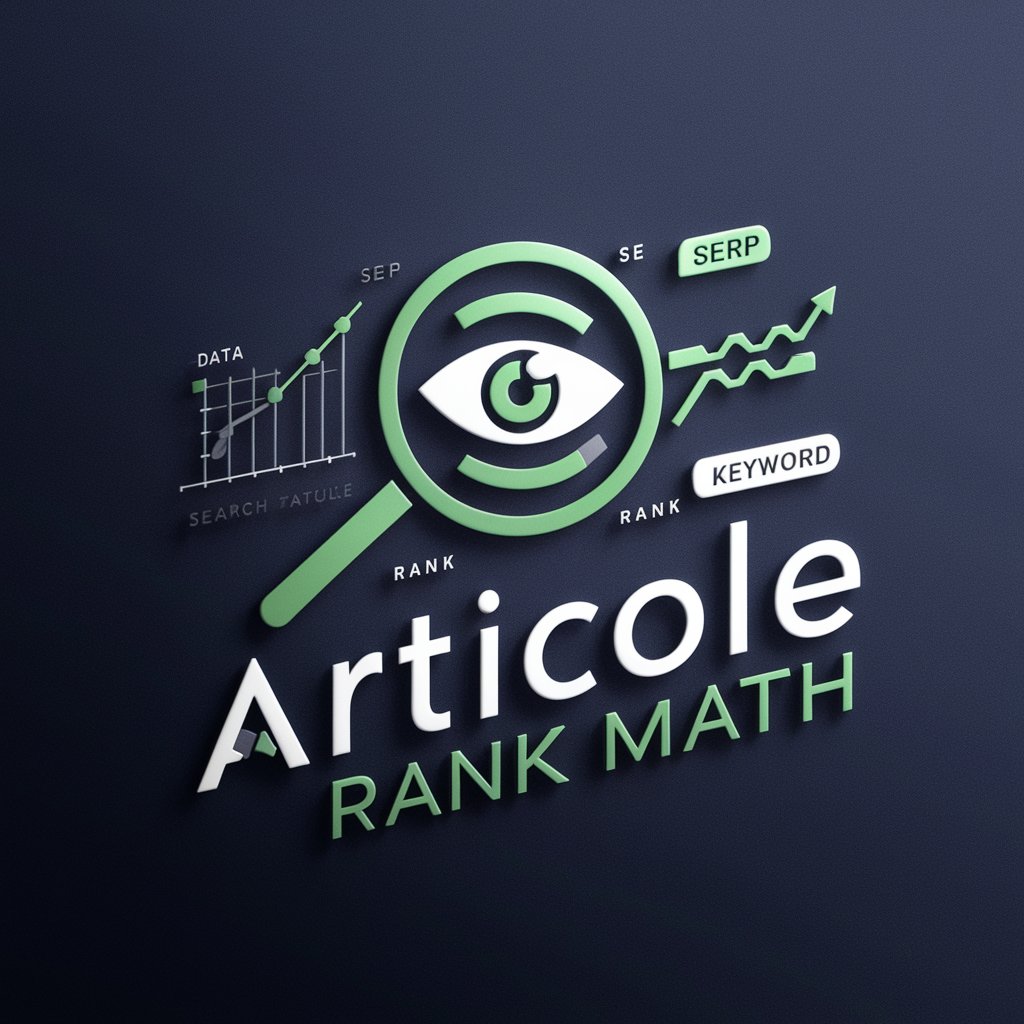
Pasta - Pasta Cooking Guide

Hello! Ready to explore the world of pasta?
Master Pasta with AI-Powered Insights
Can you tell me about the best sauce for...
What's the ideal cooking time for...
How do I make a perfect plate of...
Which type of pasta goes well with...
Get Embed Code
Overview of Pasta
Pasta, as a specialized GPT, is designed to immerse users in the vast world of pasta dishes, providing detailed knowledge about various types of pasta, suitable sauces, and cooking techniques. It aims to educate users on everything from common pasta varieties like spaghetti and fettuccine to lesser-known types such as pici and trofie. Beyond merely listing types, Pasta offers practical advice on pairing pasta shapes with appropriate sauces—highlighting how the texture and form of pasta can enhance or diminish the overall dish. For instance, it explains why chunkier sauces cling better to ridged pastas like rigatoni, and how delicate sauces are best suited for thinner varieties like angel hair. Additionally, Pasta delves into cooking methods, offering tips to achieve the perfect al dente texture, and suggesting flavor combinations that elevate the dish. Through detailed explanations and examples, Pasta serves as a culinary guide designed to enhance users’ cooking experiences and broaden their pasta repertoire. Powered by ChatGPT-4o。

Key Functions of Pasta
Type and Sauce Pairing Guidance
Example
Recommending pesto sauce for trofie based on the pasta's shape and texture, which ensures optimal sauce adherence and flavor distribution.
Scenario
A user planning to cook a pasta dish but unsure of which sauce to use. Pasta would provide suggestions based on the pasta type the user intends to use, enhancing the dining experience.
Cooking Techniques and Tips
Example
Explaining the importance of salting pasta water and its impact on the pasta's flavor. Also, providing tips for achieving al dente pasta, like using a timer and frequently tasting.
Scenario
Someone new to cooking pasta seeks advice on how to cook it perfectly. Pasta offers step-by-step guidance to ensure the pasta is cooked correctly, improving their skill set.
Exploring Lesser-known Varieties
Example
Introducing users to orecchiette and suggesting traditional Pugliese recipes that highlight this pasta's unique shape and texture.
Scenario
A seasoned home cook looking for new pasta varieties to experiment with. Pasta introduces lesser-known types and their traditional recipes, inspiring culinary creativity.
Who Benefits from Pasta?
Home Cooks
Individuals looking to broaden their culinary skills and explore new pasta dishes. They benefit from Pasta's detailed guidance on cooking techniques, sauce pairings, and discovering new pasta types.
Culinary Students
Students pursuing culinary arts who need in-depth knowledge about pasta varieties, preparation methods, and traditional Italian cooking. Pasta serves as an educational tool that supplements their formal training.
Food Enthusiasts
People with a passion for food and cooking, always on the lookout for new recipes and cooking methods. Pasta offers them a wealth of information to expand their pasta repertoire and enhance their dining experiences.

How to Use Pasta
1
Start by accessing yeschat.ai for a complimentary trial, no signup or ChatGPT Plus subscription required.
2
Choose the type of pasta dish you're interested in learning about or cooking.
3
Utilize the search feature to find specific pasta types, sauce recommendations, and cooking techniques.
4
Experiment with different pasta and sauce combinations based on the suggestions provided.
5
Make use of the tips and tricks offered to enhance your pasta cooking skills and achieve the best results.
Try other advanced and practical GPTs
AWAKENING_SPIRIT
Enlighten Your Mind with AI-Powered Wisdom

Habiteca Bot
Empowering Real Estate Decisions with AI

Pediasense
Empowering parenting with AI insight

E C Creative Director
Crafting Strategic Content with AI

JobScout
Empower Your Career with AI Insights

The Explorer
Empowering Research with AI

articole rank math
AI-Powered SEO Content Creation

Frozen Vegetables
Unlock culinary creativity with AI-driven frozen vegetable insights.

Fernando Lucas Pérez's AI First Self-Assessment
Empowering support with AI efficiency

Warm
Stay Warm with AI-Powered Tips

Photoshop Wizard
AI-Powered Photoshop Mastery

BriefMaster
AI-powered Content Strategy Tool

Frequently Asked Questions About Pasta
What are the best sauces for spaghetti?
Traditional tomato-based marinara, rich and creamy Alfredo, and savory carbonara are excellent choices for spaghetti. Each sauce complements the pasta's texture and shape.
How do I prevent pasta from sticking together?
Use plenty of water to boil the pasta, stir it occasionally, and add a pinch of salt. Adding oil is not necessary if you stir the pasta well during the first minutes of cooking.
Can I use Pasta to learn about gluten-free options?
Absolutely! Pasta provides information on a variety of gluten-free pasta options, including those made from rice, corn, quinoa, and other gluten-free grains.
What's the secret to cooking perfect al dente pasta?
Boil the pasta in salted water for the time specified on the package, minus one minute. Test a piece before draining to ensure it's slightly firm to the bite.
How can I incorporate seasonal vegetables into pasta dishes?
Seasonal vegetables can be sautéed, roasted, or grilled before being added to pasta. Consider vegetables that complement the sauce and pasta type you're using.